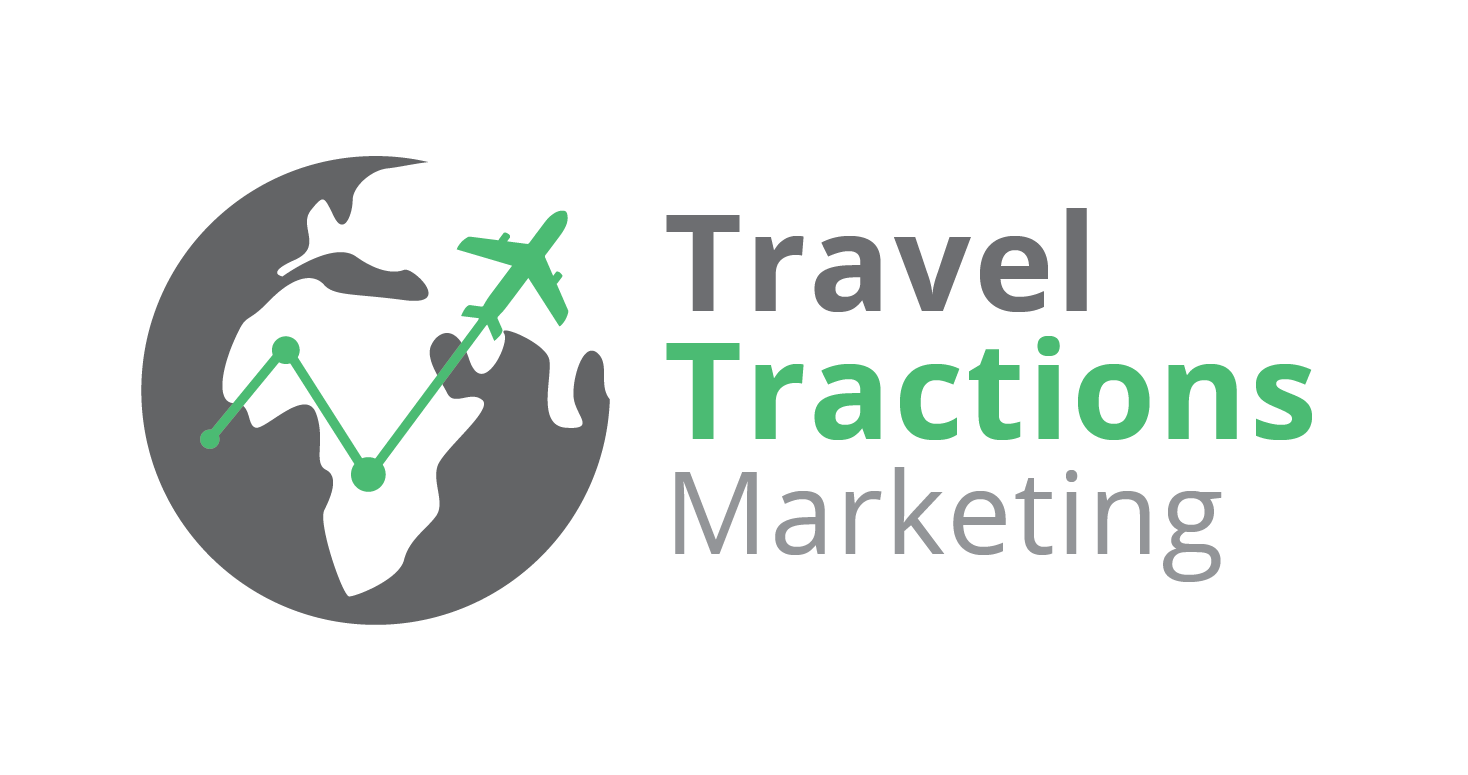Every post that you write should contain some or all of the following links:
- Internal Links
- External Links
- Affiliate Links
Let’s take a look at each of these types of links, how to add them, and why they’re important.

Internal Links
Internal links are links inside the same website. They’re used to link to similar or complementary posts. For instance, if you’re writing a ‘things to do in Munich’ post, and the website already has ‘day trips from Munich’ and ‘where to stay in Munich’. These will both be great posts to link to inside of your post.
Internal links also connect your content and give Google an idea of the structure of your website. They can establish a hierarchy on your site, allowing you to give the most important pages and posts more link value than other, less valuable, pages. So using the right internal linking strategy can boost your SEO.
How many do you need?
Internal links are good for your site, so add a minimum of two, but if you can find more that’s great!
Where should they go?
Internal links can go anywhere in the post. We like to have one near the top of the post, but not too close. If you have a link in the first sentence of your post, you may direct the reader away before they’ve had the chance to actually read your post.
You can add internal links contextually (like that) or as a call to action below paragraphs, i.e.:
Read more: to understand more about internal links.

External Links
External links are links that go from your website to another website. These are used to link the reader to high authority information, and to add context and sources for facts. Before you link out to a website, check the following:
- Is the site trustworthy? You can check the domain authority of the site as well, to make sure you’re using trusted sources.
- The website is not a competitor to your website. We don’t want to direct the reader away from our site and have them find what they need somewhere else. So if you’re trying to write about things to do in a destination, don’t link out to a similar site. Also, if your site sells tours, or links out to partners who sell tours, then external links should not be competitors of that.
- The links are relevant, much like the internal links we need to make sure that external links make sense. You wouldn’t link out randomly to a post on ‘how to feed your pet alligator’ in a post about a road trip around Australia (unless you mention taking your pet alligator on the road trip with you).
How Many Do You Need?
Linking out to other sites uses up what we call Link Juice. Google crawls your page and the more links it has to crawl, the more link juice it uses up. For this reason, we limit external links to between 2 and 5 per post. (if you have a short 1000 word post, 2 links are good – 2000+ words can have a few more links)
Where Should They Go?
External links are important to any blog post, but they have the potential to direct users away from the current site. So, for this reason, we try not to add them too early on in the post. We’ll often have an internal link first and aim to put the first external link only after the first quarter of the post.
We also don’t want to add our external links too close together. If your external links are all in the same paragraph, or under the same heading – you should look at spacing them out a bit more.
Important: The general rule is not to add two or more external links from the same domain. This dilutes link juice and is often not necessary.

Affiliate Links
Affiliate links are similar to external links as they go to an external site. These links will direct readers to products or services, and the owner of the first site will earn a type of ‘commission’ from the second website.
- Typically, we add more affiliate links than external links – because we make money from them.
- They can be put anywhere in the post, as long as they follow the content naturally.
- Affiliate links should come from partner sites, and the products/services should have good reviews.
- All affiliate links will have an ‘affiliate ID tag’ which is what tells the website where the traffic came from. These tags are important – they’re the only way we can make money from the link.
Links & Anchor Text
Anchor Text refers to the text used when hyperlinking in your content. It is best practice to use a strong, relevant keyword for the anchor text when linking internally (i.e. linking to other pages on your site).
External link anchor text should be non-keywords like “this website”, “get special”, or “this guide”, but it should also be relevant. We try not to link on just one word. Keep your hyperlinks between 2 and 4 words.
Examples for Internal Linking:
If your post is ‘Visiting Thailand’ and you are linking to a post on ‘safety in Thailand’, your anchor text could be:
- “Staying safe in Thailand”
- “Thailand safety”
- “Danger in Thailand”
- “Is Thailand safe”
- Or simply “safety in Thailand”
But abstract or irrelevant words like:
- “Crime”
- “Here”
- “Police officers”
Are not good for anchor text.
Examples for External Linking:
Similar to above, if you want to link out to a site that explains crime stats in Thailand, good anchor text would be:
- “crime statistics”
- “crime rate”
- “levels of crime”
- “not much/lots of crime” (this would depend on what the stats say)
But we would avoid using anchor text like:
- “crime when visiting Thailand”
- “criminals”
- “stats”

